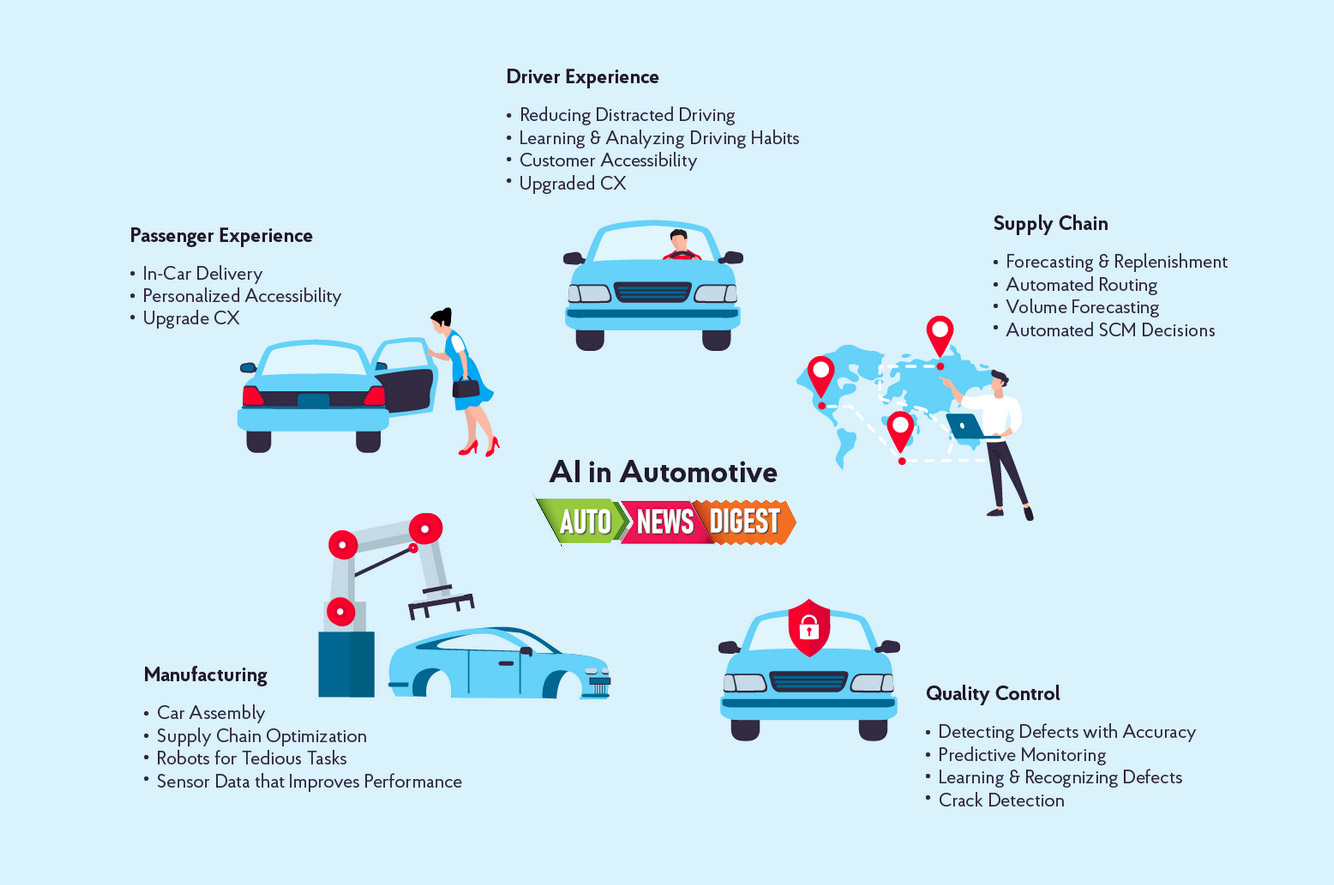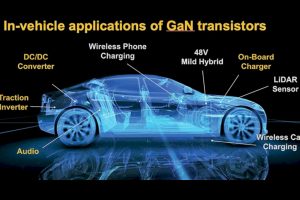Automotive Industry technology analysts hope that AI (Artificial Intelligence) breakthroughs would transform the automotive ecosystem with improved customer engagement, safer vehicles, and enhanced overall driving experience while striking a balance between human ingenuity and machine intelligence.
But many AI experts give an unambiguous warning that we should proceed with caution.
Cheerleaders of AI claim that the most valuable aspect of AI in automotive applications is that it is perpetually adapting, learning, and adjusting to the conditions it utilizes to navigate the road. Each conveyance makes the information it learns available to the rest of the fleet. The result is a virtual neural network of self-driving conveyances that learn as they go.
Advancements in autonomous vehicles through the use of AI in transportation market is witnessing significant growth. In 2017, the market was valued at $1.4 billion, and it is predicted to generate a revenue of $3.5 billion by end of 2023, that is a growth of 250%.
What are visionaries expect from AI in the automotive sector, in the next few years?
By 2030, it is currently expected that AI tools and solutions may be able to do the following, at the very least (just short of full autonomous car solutions):
Despite all the potential benefits of AI, there are many areas of concern
The first of many, and may be the most obvious is data privacy and security. As it has been the case with the Internet itself, the development of AI apps will spotlight the trade-offs between personalized experiences vs protection of sensitive personal data.
Some people are now concerned with the government stepping in with driver monitoring systems. The would eventually become an obligatory mandate (for instance with truck drivers) requiring vehicle manufacturers to implement a system that monitors drivers in real-time, and warns them (and police headquarters) if they get distracted while steering the wheel (drowsiness or tired, or sleepy).
Marketing trend setters keep reminding us that everything is about user experience and their needs and cars are no exception. They claim that consumers want everything to be highly efficient, tailored to their needs, and easily accessible with the least effort.
We are constantly told that the use of artificial intelligence in cars can help meet those needs and build a more efficient and effective transportation ecosystem that does significantly more than just taking passengers from point A to point B.
They claim that AI can facilitate a full integration of networked systems that can allow an individual to plan their entire day, from getting coffee at the local coffee shoo, to picking up the suit from dry cleaners, and arranging the cab to the airport, arrival at the destination and reaching the hotel lobby – all on time, with precision perfection.
As AI usage grows, there will many challenges related to accountability in the privacy and security of data.
While there is celebrations, especially by those entrepreneurs that are seeing AI as a $12 billion industry by 2026, and a $15 billion industry by 2030, and even the technology leaders that believe it holds tremendous promise in transforming the automotive ecosystem in positive ways – but one should not ignore that the automotive industry will have to strike a judicious balance.
AI implementation and usage must include a visionary approach to welding human ingenuity with technological innovation to deliver better solutions across the board while addressing potential threats to privacy, security, and accountability.










